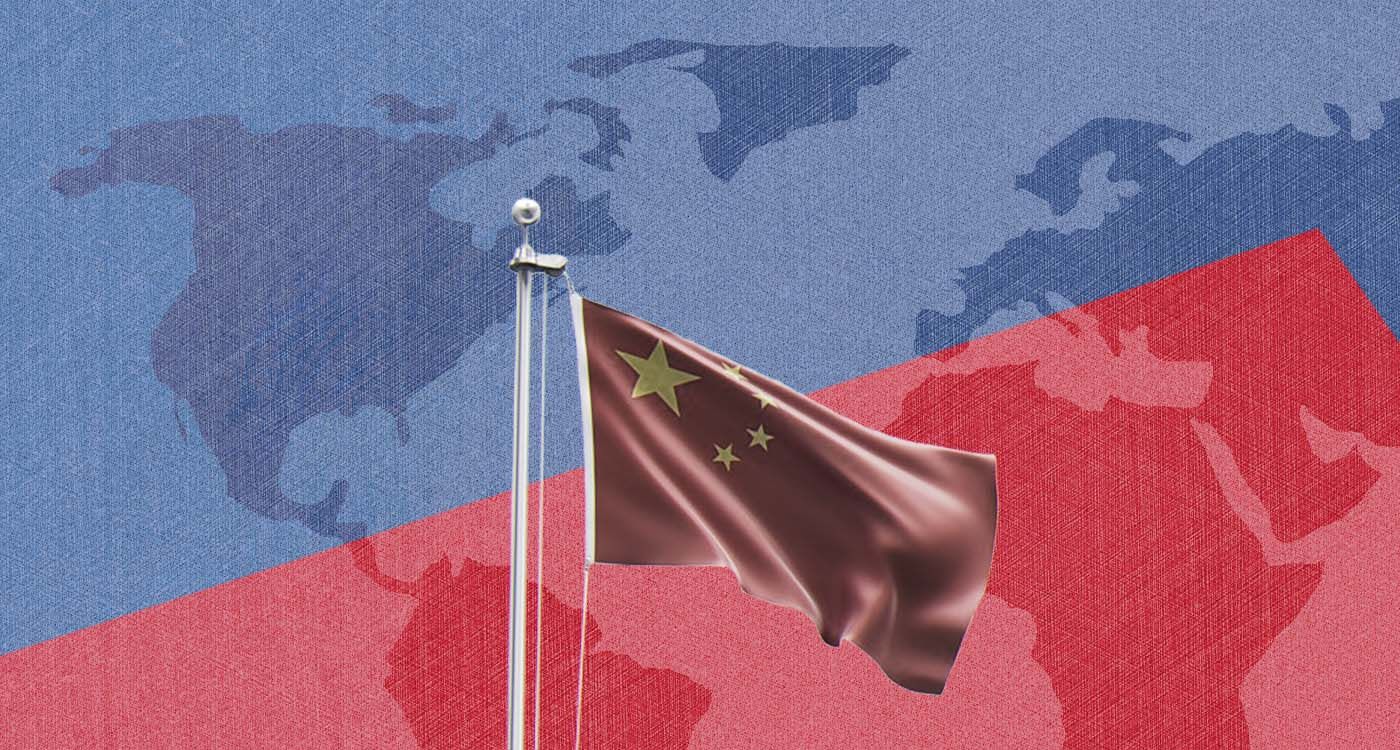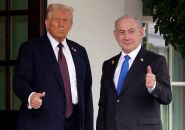- Home
- Arab World
- American and European Rivalry Serves China and Its Axis

©This is Beirut
It is in no way simplistic to say that the 20th century has been the American century. Our modern world was and is still being shaped by innovations made in America. The nuclear bomb, the Apollo mission to the moon and the internet. Indeed, America can draw from a long list, but one overlooked American achievement is Europe. It would not be an overstatement to say that modern democratic Europe—politically and monetarily united through the European Union—is an American creation. Yet today, Americans seem to have lost the energy to sustain the foundations that once led the US to forge modern Europe. Disagreements over defense spending, trade and foreign policy have strained US-European relations, creating fault lines and, at times, outright contempt. Seeing that this drift serves no one more than China and its axis, this article aims to talk about how and why America invested its time and treasure into creating Europe as we know it and why it is important for the transatlantic alliance to endure.
America’s Europe
On March 21, 1947, Senator J. William Fulbright of Arkansas co-sponsored a proposal to the Senate advocating for the establishment of a “United States of Europe” under the auspices of the United Nations. Identified as Senate Resolution #10, it called for American endorsement of European unification. Just three days later, an identical resolution—#34—was presented before the House. Both measures passed with strong bipartisan backing and sparked widespread national interest.
Following these events, Fulbright emerged as the Senate’s most committed champion of European unity. He actively promoted the idea through speeches, public engagement, writing and broad correspondence. Fulbright consistently advocated for a European constitution that would lay the groundwork for a federation supporting economic integration—eliminating trade barriers, facilitating movement across borders, creating a unified currency and improving transportation systems. He believed such a union would ease international tensions, diminish rivalries and promote lasting peace. American interest in Europe’s integration fired up from then on. Indeed, there were more lobbyists for a federal Europe in Washington DC than in Brussels or any European capital at the time.
In 1948, the Marshall Plan, endorsed by the Truman administration, disbursed $13 billion in economic aid to help rebuild Western European countries after World War II. It depended on the clear condition that Europeans cooperate and think like one united entity, rather than through the lens of ethnic nationalism, which characterized much of Europe until then. When people try to name the founding fathers of the EU, American presidents should top the list.
The very next year, the United States and 11 other nations signed the North Atlantic Treaty in Washington, DC, establishing NATO. Like the Marshall Plan and the push for European integration, NATO was an American-led effort to stabilize a shattered continent, curb the return of militant nationalism and embed Western Europe in a cooperative security framework. The treaty wasn’t just a military pact—it was a political gesture, a promise of unity and another thread in the fabric of a democratic Europe and a world order shaped by American ideals. The North Atlantic Treaty was, again, born from collaboration between Americans and Europeans. Integration, openness, engagement, a will for progress and good faith were key ingredients.
In 1951, the European Steel and Coal Community was created. The United States pushed for major changes in postwar Germany’s industrial landscape, demanding the end of German control over coal sales and the separation of coal mining from the steel sector. As a result, German monopoly was replaced by four separate coal-selling entities. A US State Department representative remarked that the agreements were “revolutionary” compared to the way Europe had historically managed its core industries. The European Steel and Coal Community was born out of an American belief that the risk of Germany or any European country brutally dominating the region again after World War II could be diminished by making sure that the weapons of warfare, particularly heavy metals, coal and steel—material needed for tanks and all kinds of trouble—were spread out amongst the Europeans themselves and not dominated by one or two major forces.
American Leadership
While US leadership proved pivotal to the creation of modern Europe, these efforts did not come as a result of American idealism, but rather pragmatism. In 1952, Eisenhower had decided that European integration and its joint defense, including the Federal Republic of Germany, which was regarded with distrust by other Europeans, was, in the words of one historian, “a kind of skeleton key,” unlocking the solution to a number of problems at once and, most importantly, providing a type of “dual containment.” The Soviet Union could be kept out, and Germany kept in Europe, with neither able to dominate the continent. Furthermore, a safe, democratic and peaceful Europe could reduce America's need to intervene in the future with vast amounts of blood and treasure.
Additionally, the US-European alliance proved to be a great asset for the US, even beyond the Cold War. Intelligence and technology sharing with Europe, geographical access and robust trade relations have long been cornerstones of American grand strategy. Take trade alone. The US–EU economic relationship is the largest and most integrated in the world when accounting for both trade and investment, and accounted for $1.6T in 2023. Together, the US and EU form around 43% of global GDP. This gives a US-European alliance tremendous leverage when it comes to redrawing trade terms with China.
Not long ago, RT—widely recognized as a key instrument of Russian state-sponsored disinformation—published an article titled “The West is breaking up; here is what Russia and China must do.” The piece reflects a growing narrative emanating from authoritarian regimes that seek to exploit emerging rifts within the transatlantic alliance. At present, the historically robust partnership between the United States and Europe is experiencing significant strain. More concerning, however, is the evident satisfaction of strategic adversaries—namely China, Russia and Iran—as they observe these fissures.
Notably, while NATO members debated the scope and depth of their commitments to Ukraine last year, Moscow and Beijing formalized a “no limits” partnership, signaling a profound intensification of their strategic alignment. This Sino-Russian entente—driven by mutual interests in counterbalancing US hegemony and reshaping the liberal international order—has now evolved into a near-symbiotic relationship.
In this context, transatlantic allies must urgently reaffirm the normative and strategic foundations that originally bound them together: a shared commitment to liberal democracy, multilateralism and collective security. The West cannot be reduced to either the United States or Europe alone. Any prolonged estrangement between the two risks not only weakening the liberal international order, but also emboldening authoritarian challengers who stand to benefit from Western disunity.
Read more




Comments